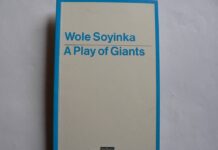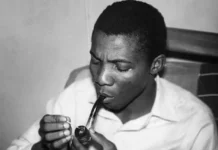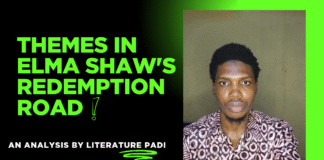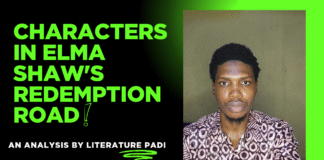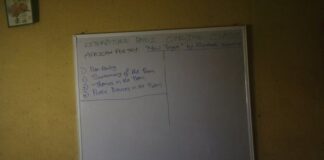🎥 We’re cooking something delicious for you on our YouTube channel. In the coming days, you will learn SSCE literature texts like you're in class 📚✍🏽
Be part of this new journey we are about to embark on.
🔔 Subscribe Now
Tone and Mood of “Hurrah for Thunder”
Mood
The mood of “Hurrah for Thunder” is a shifting blend of lament, warning, and satire. It opens with curiosity and a hint of foreboding, moves into a mournful recognition of lost power, then mixes in irony and sharp social commentary about greed, shortsightedness, and unkept promises. The closing lines carry a self-aware, almost defiant mood, as the poet accepts his role as a truth-teller despite the risks.
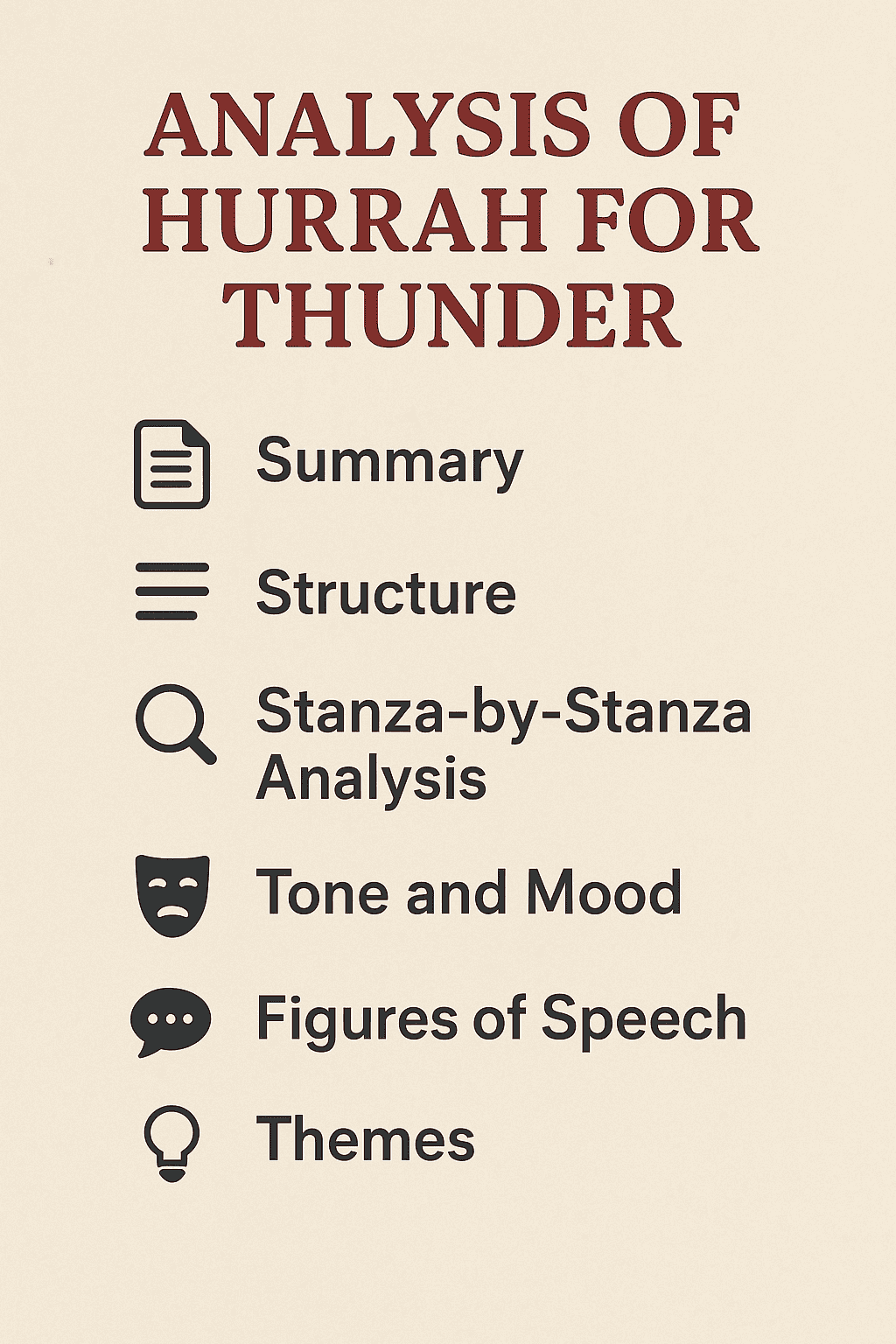
Tone
The tone is critical and cautionary, laced with irony. Okigbo uses symbolic imagery (elephant, thunder, pumpkins) and proverbial statements to critique the fall of civilian leadership and the military opportunism that follows. There’s also a reflective tone in the time-related lines and a personal, self-implicating honesty in the ending.
Get the Full Analysis in PDF
Enjoying this breakdown? What you’re reading is just part of the full experience. The premium PDF edition brings everything together in one seamless, distraction-free document that has the poem, themes, structure, and full commentary. If you’re studying seriously, this is the version you’ll want.
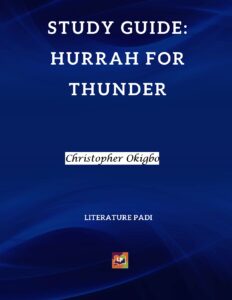
Poetic Devices in “Hurrah for Thunder”
Christopher Okigbo’s “Hurrah for Thunder” is packed with figures of speech and poetic devices that enrich both meaning and rhythm.
Metaphor
In the poem, “the elephant, tetrarch of the jungle” is used as a metaphor for power and supreme authority. On the other hand, “thunder” is used as a metaphor for looming danger and inevitable repercussions.
Personification
Throughout the poem, the elephant is given human authority (“tetrarch,” “with a wave of the hand”). It is characterised beyond being just an animal. Thunder too is given an active, almost human presence; something to be “hurrahed” and remembered.
Symbolism
“Elephant” symbolises strength, leadership and dominance. “Thunder” symbolises danger, judgment, divine or natural retribution. “Pumpkins” signifies trivial, selfish gains in contrast to the loss of something great. “Town-crier & iron bell” represents voice of truth, public messenger, moral conscience.
Repetition
“Hurrah for thunder” is repeated twice in the poem (l. 2 and 10) to create a rhythmic refrain, and it manifests elsewhere as “… remember thunder” (l. 12) to altogether emphasise the looming power of consequences.
Imagery
There are vivid sensory images in “Hurrah for Thunder”. There is for example the use of tactile and auditory imagery in “Four mortar legs pounded the earth” (l. 6). Similarly, there is visual imagery of the elephant’s dominance in “wherever they treaded, / the grass was forbidden to be there” (l. 7-8).
Allusion
Cultural allusion is used in lines 13 and 14 respectively with reference to two proverbs drawn from African oral tradition to present truths:
The eye that looks down will surely see the nose;
The finger that fits should be used to pick the nose.
Irony
An irony that stands out in the poem is the fall of the elephant, stricken down by thunder, despite its magnitudinal size and power, and its domineering demeanour.
Hyperbole
Hyperbole is evident in lines 4-5: “With a wave of the hand / He could pull four trees to the ground”. This is a gross exaggeration of the elephant’s strength.
Enjambment
Many lines flow into the next without punctuation, to create a conversational yet urgent rhythm. Here is an example of this in lines 7-8:
Wherever they treaded,
The grass was forbidden to be there.
Apostrophe
The opening “Whatever happened to the elephant – / Hurrah for thunder –” is like a direct address to an absent figure (the elephant) and to “thunder,” as though they can hear the speaker.
Parallelism
The structure of the proverbial lines (l. 13–14) mirrors itself:
“The eye that looks down…” “The finger that fits…”
Euphemism
“The elephant has fallen” is a softer, indirect way of saying on an individual basis, the leaders have been killed, and systemically, the government of Nigeria’s First Republic has been overthrown.
Antithesis
Antithesis manifests in line 15 where there is a contrast between “today” and “yesterday” to show the swift passage of time.
Synecdoche
Synecdoche manifests in lines 6, 13, and 14. In the first instance, “Four mortar legs”, legs (a part) are used to stand for the whole elephant. In the other, “eye” and “nose” (again body parts) stand in for human perception and action.
Metonymy
“Iron bell” represents the poet’s outspoken voice and role as messenger.
Receive Literary Updates through our Social Media Channels:
- WhatsApp: Literature PADI
- Telegram: Literature PADI
- YouTube: @literaturepadi
- Facebook: Literature PADI


